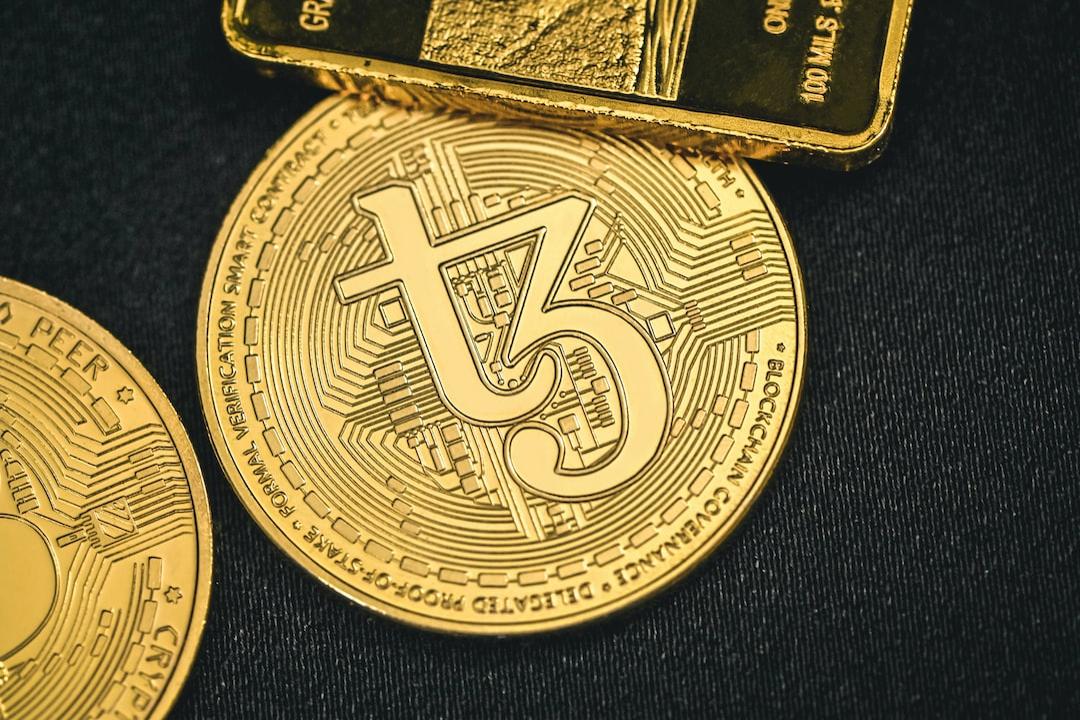Incorrect transfers are a nightmare for many users, often resulting in asset loss or the need for high fees to recover them. In order to improve this user experience, Binance has recently significantly expanded its support for the “Smart Recovery” service on the network.
(Background: Binance, the king of fund recovery! In the past two years, Binance has recovered nearly 4.4 billion pounds for users who mistakenly deposited funds.)
Table of Contents
Binance adds a series of “Smart Recovery” cryptocurrencies
Binance recovers nearly 4.4 billion pounds for “incorrect deposit users” in the past 2 years
How to handle decentralized on-chain transactions?
How to avoid sending to the wrong address again
When sending cryptocurrencies as a novice, the biggest fear is accidentally sending them to the wrong address or selecting the wrong blockchain network, resulting in asset loss. Even if it happens on a centralized exchange, users usually have to bear a large fund recovery fee, greatly affecting the user experience.
Recently, Colin Wu, the founder of the blockchain, made a suggestion to Binance, proposing to provide free recovery services for the first three (ideally) incorrect transfers, and then charge a normal fee. This can provide some comfort to novice users.
In response to this, Binance has decided to significantly expand the range of cryptocurrencies that can be recovered through the “Smart Recovery” mechanism. According to the Binance announcement, the “Smart Recovery” service can shorten the token recovery time (up to 14 working days), and the corresponding fees will also be significantly reduced (5 USDT).
Previously, this service only supported specific tokens on the MATIC, TRX, BSC, FTM, and ETH networks. If users accidentally deposit unsupported tokens into any of the above networks and the system displays an “Immediate Recovery” button next to it, users only need to click this button to automatically initiate the fund refund process (users can view the deposit record on the deposit history page).
Now, the support range of this service has expanded to 10 blockchain networks, and the newly added supported cryptocurrencies include:
ARBITRUM: WETH, WBTC, GRT
BASE: WETH
BSC: GAL, APE, UST, NFT, RWT, LUNA, GMT
ETH: SOL, FTN, BETH, XSHIB, HBTC, COMBO, GMT
FTM: BNB, DAI
MATIC: WETH, WMATIC, AVAX, IXT, UST, BNB, BUSD, OUSDT
NEAR: USDT
OPTIMISM: WETH, WBTC, DAI
TRX: MOF, USDD
ZKSYNCERA: USDT
Users can see all records, including the records of incorrect deposits, on the deposit history page.
On February 29th this year, Binance released a report stating that users, especially novices, lose tokens due to various factors, including inputting the wrong wallet address, selecting the wrong blockchain network, or failing to deposit correctly due to network issues, blockchain upgrades, or wallet maintenance.
If you are not using centralized exchanges like Binance today, but directly conducting asset transfers on the chain or interacting with DEX, the difficulty of recovering assets will be significantly increased. However, you can still try the following:
Confirm the transaction hash and find the receiving address:
You can find the hash of the transaction from a blockchain explorer, which provides detailed information about the transaction, most importantly, the receiving address.
Search for the recipient through communities and forums:
You can ask in cryptocurrency communities and forums if anyone knows the recipient of the address or try to find people based on the assets they hold.
Send on-chain messages:
Ethereum blockchain explorer Etherscan has launched a real-time messaging feature called Blockscan Chat, which allows you to send private messages. However, whether you will receive a response is unknown.
Query through third-party programs:
You can use third-party on-chain data programs to determine the connection between the address and real-life, such as using Arkham to find social media accounts connected to the address.
Of course, the best case scenario is to not input the wrong address. Here are some details you can check before sending each transaction:
Check the receiving address: Double-check the address before sending, at least the first four and last four characters.
Check the receiving blockchain: Confirm that the blockchain you are sending to is the correct one.
Double-check the sending address from the blockchain hash: After sending the cryptocurrency, you can confirm from the blockchain network whether it was sent to the correct address.
(Related report: Binance executive daringly escaped detention in Nigeria, how did he regain his freedom? Binance spokesperson’s statement. Nigeria accuses Binance of manipulating exchange rates and money laundering! Binance: Always law-abiding, and has cooperated multiple times to help train investigators. Breaking news: The US government is rumored to “station people inside Binance” for investigation.)

